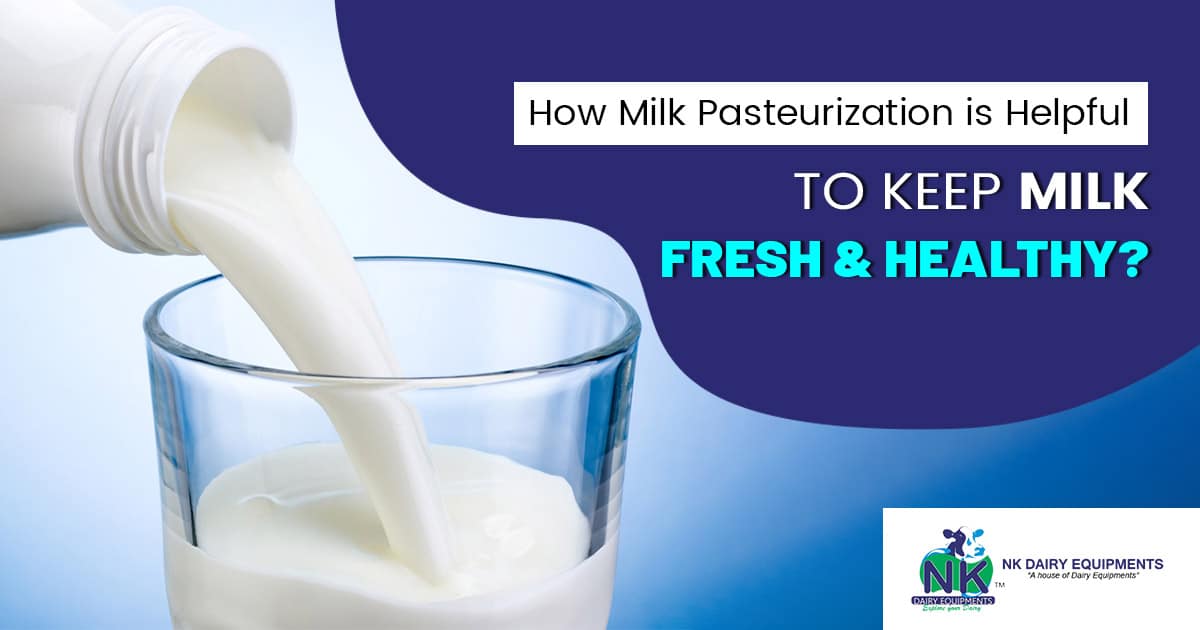Back in 1880, Louis Pasteur, a French scientist, found that heating any food could kill or eliminate undesired micro-organisms and prevent edibles from becoming ruined. After that moment, pasteurization has become a luxury for people when it comes to preserving food.
In order to increase the commodity shelf life, many broad companies use pasteurization. Manufacturers such as food, dairy products, and beverage utilize large-scale pasteurization to ensure that goods satisfy consumer health and food safety criteria.
Milking machines and dairy equipment are valuable to offer you good quality dairy products. Similarly, pasteurization is also done to provide you quality dairy products.
Types of Pasteurization:
Pasteurization is now classified into three broad categories:
High-Temperature Short Time (HTST)
Also known as Flash pasteurization, this process is the most common method for preserving milk. Milk is then heated for 15 seconds to any pathogenic bacteria at temperatures of around 170° F and above if required. For this process, pasteurized milk must be consumed for reasonable and healthy use within one to three days.
Ultra-Pasteurization
This pasteurization method is used for every milk brand which requires a hygiene or packaging shelf-life of up to one week. This ensures that milk is the easiest and most efficient way to sustain milk at temperatures between 220°F and 230°F within a matter of seconds.
Vat Pasteurization
It is the fastest and most costly way of pasteurizing milk. The milk is heated in a vat for 30 minutes to around 160 ° F and then cooled to a temperature of 40 ° F. It is the safest way to consume unhealthy and unprocessed, fresh milk.
The raw milk is preserved and circulated in either of the above pasteurization processes, preferably before consumption in the cold chain at 4 ° C. The pasteurizing method guarantees that the milk is healthy for longer use. This is why pasteurized packaged milk is popular with most consumers.
Milk Pasteurization Benefits.
Milk heating before packing will have several benefits for us to destroy the bacteria that are present:
-
Reduced chance of disease: The pasteurization method destroys much of the harmful milk bacteria. The risks of illness decline after the intake of this type of milk.
-
Better nutritious value: Because pasteurization destroys bacteria contained in raw milk, milk-based nutrients become accessible to anybody who drinks milk.
-
Increased use: Pasteurization not only serves to eliminate toxic microorganisms from fresh milk but also to retain the processed milk for a longer period of time and allow it usable for consumer use.
Yes, milk pasteurization offers you quality products that are beneficial for your overall health.




